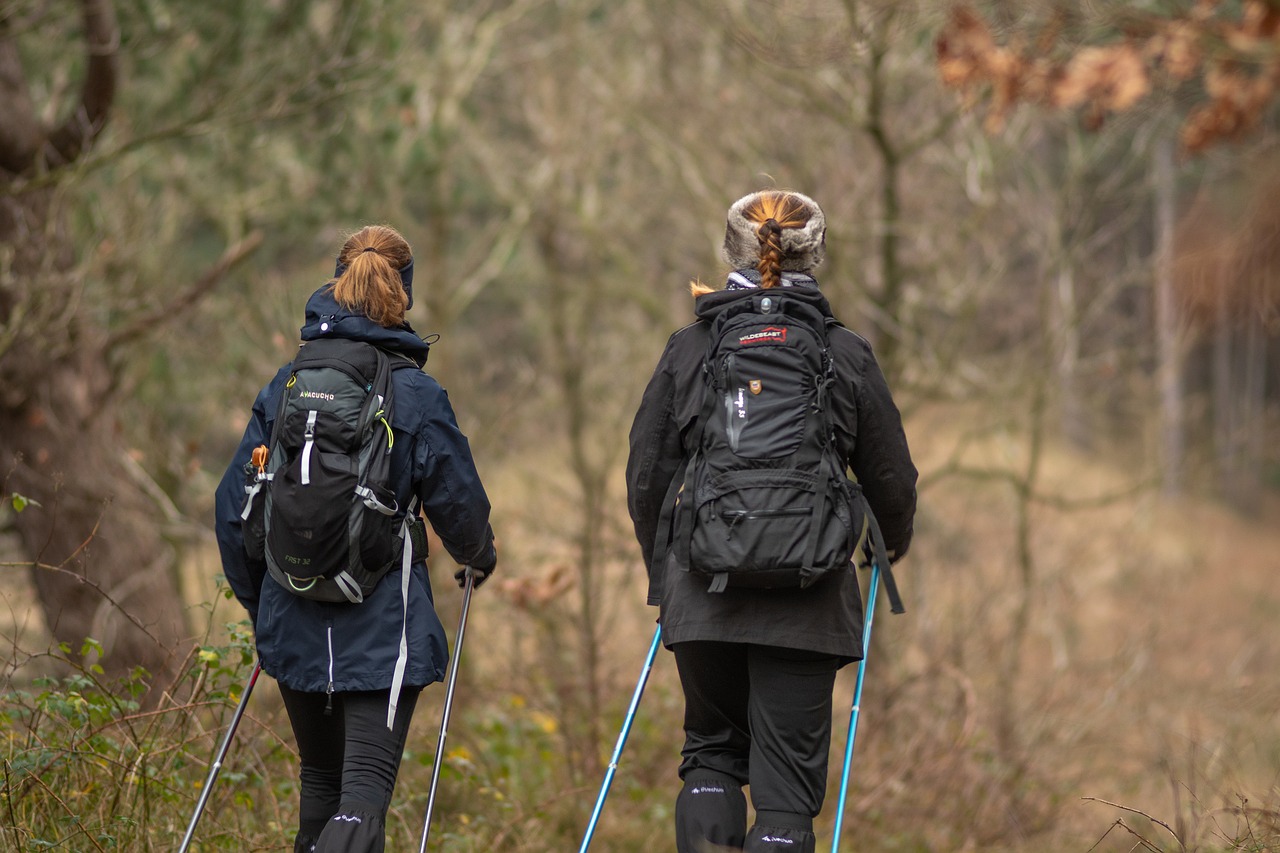The Healing Power of Nature: Forest Bathing and Ecotherapy Explained
Spending time in nature can have profound impacts on our physical and mental well-being. Being surrounded by natural elements like trees, flowers, and fresh air can help reduce stress, increase feelings of relaxation, and boost overall mood. Research has shown that spending time in nature can lower blood pressure, reduce anxiety levels, and improve cognitive function.
Moreover, engaging in outdoor activities such as hiking, gardening, or simply taking a leisurely stroll in the park can lead to increased physical activity and better health outcomes. Nature has a way of grounding us and providing a sense of tranquility that is often missing in our fast-paced, technology-driven lives. Whether it’s a quick walk in the local park or a weekend camping trip, prioritizing time in nature can have lasting benefits on our overall well-being.
Understanding the Concept of Forest Bathing
Forest bathing, also known as Shinrin-yoku, is a practice that involves immersing oneself in a natural setting, usually a forest, to promote overall well-being and reduce stress. Originating in Japan, this therapeutic technique has gained popularity worldwide for its calming effects on the mind and body. Forest bathing is not just about taking a leisurely stroll in the woods; it is about engaging all the senses and being fully present in the natural environment.
Research has shown that spending time in nature has numerous health benefits, including lowering blood pressure, reducing anxiety, and boosting the immune system. Forest bathing specifically focuses on the healing power of trees, as they release phytoncides that are believed to have anti-inflammatory properties. By connecting with nature through forest bathing, individuals can experience a sense of rejuvenation and mental clarity, making it an effective tool for improving overall mental and physical health.
What is forest bathing?
Forest bathing, also known as Shinrin-yoku in Japanese, is the practice of immersing oneself in a natural forest environment to improve overall well-being.
What are the benefits of spending time in nature?
Spending time in nature has been shown to reduce stress, improve mood, boost immune function, and increase overall feelings of well-being.
How often should one participate in forest bathing?
It is recommended to engage in forest bathing at least once a week to experience the full benefits of the practice.
Can I practice forest bathing in any natural environment?
While forest bathing is traditionally done in forests, you can also practice it in other natural environments such as parks, beaches, or gardens.
How long should a forest bathing session last?
A typical forest bathing session lasts about 2-3 hours, but even spending as little as 20 minutes in nature can have positive effects on your well-being.





